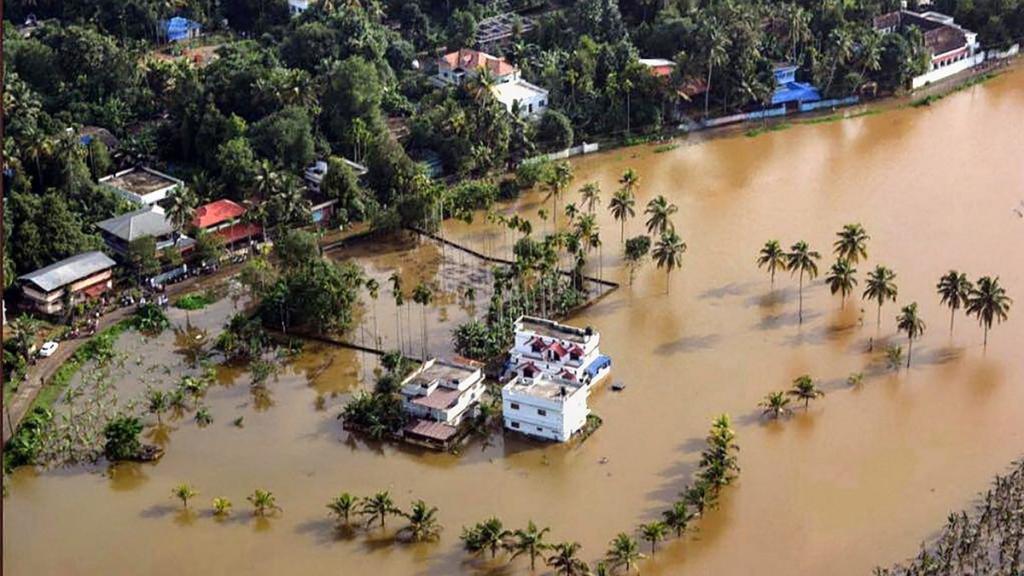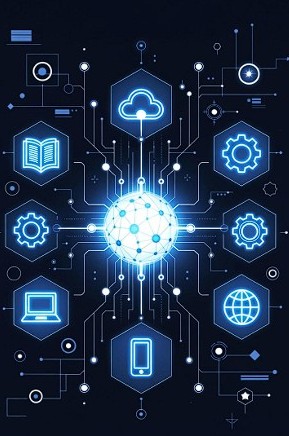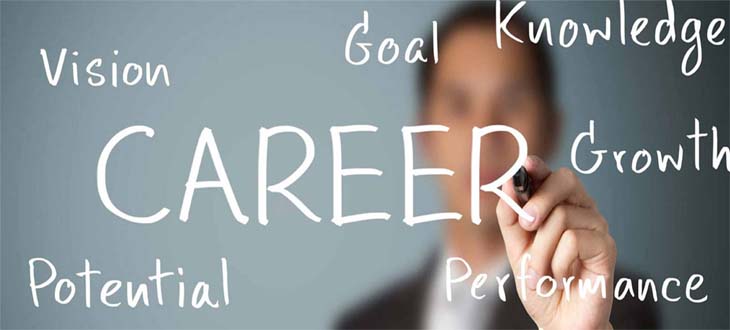
Disastrous effects on humans aside, consumerism and bad management of pollution have already proven to be very destructive to nature. One of the greatest challenges humanity has been facing for the past handful of centuries is undoubtedly climate change, and the climate clock ticks away without a care, much as our past generations have been using up all our precious resources in the blink of an eye.
Whether it is called ignorance or simple greed, our future generations have to bear the consequences without fail. The frequency of weather-related disasters has increased by five times over the past 50 years (World Meteorological Organization, 2021), climate change is expected to cause approximately 250,000 additional deaths per year between 2030 and 2050 from malnutrition, malaria, diarrhea, and heat stress (World Health Organization, 2014), and climate change could push more than 100 million people into poverty by 2030 (World Bank, 2015).
As we live a fast and colorful life in cities filled with plastic, electronics, and disposable luxuries, we seem to float further and further away from the Indigenous values of our country that tell us to live simply and with less materialistic views. People gorge on new items every season, and there are no restrictions on the consumerism that has grown like a weed in everyone’s mindsets.
This invariably leads to a monstrous influx of waste from every corner of every city, that lands up in the soil, water, air, and more recently, our bodies in the form of microplastics. A recent study conducted by scientists at the University of New Mexico has found that microplastics are even found in human male testicles, which might be the cause of rising infertility and inflammation of the vessels.
Not only do we have less time to deal with climate change, we also have more challenges to face. The changing climate each year is evidenced by the heatwaves that have risen in number and strength, for example in India the summer of 2024 has been particularly deadly, with a casualty of more than a hundred in just three and a half months.
Apart from the climate inferno, we also have rising sea levels across the globe by about 20 centimeters (8 inches) in the past century, with the rate of increase nearly doubling in the last two decades (National Oceanic and Atmospheric Administration, 2020). This combined with the population explosion after the industrial revolution and food insecurity seen in developing and underdeveloped countries paints a very bleak picture indeed.
While the situation may seem unconquerable or difficult to manage, we must not forget that with the rush of the modern era, we also have the facilities and technology to solve our issues in a smart, futuristic way. The Seventeen Sustainable Development Goals set by the United Nations in 2015 as a part of the 2030 Agenda for Sustainable Development gives us a clear picture of what we are to achieve and by when.
They are designed to be a “blueprint to achieve a better and more sustainable future for all.” The SDGs are interconnected and recognize that action in one area will affect outcomes in others. For example, achieving zero hunger (Goal 2) is closely linked to sustainable agriculture (Goal 12) and climate action (Goal 13). The SDGs emphasize the importance of global partnerships (Goal 17) to mobilize the means necessary for their implementation. This includes financial resources, technology transfer, capacity building, and policy coherence.
Collaborative efforts between governments, the private sector, civil society, and international organizations are crucial. They balance the three dimensions of sustainable development: the economic, social, and environmental. Setting definite goals is the first step to achieving something, and with this first step, we can set a path to making our planet healthy again.
The onset of Artificial Intelligence can prove to be a wonderful companion in this journey of restoration. AI algorithms can be used to process vast amounts of climate data more efficiently which will help predict extreme weather events like hurricanes, floods, and heatwaves, allowing for better preparedness and response. AI-powered sensors and analytics can monitor and reduce emissions from industrial processes, analyze satellite imagery to monitor deforestation, [4] land use changes, and biodiversity loss, analyze complex datasets to inform climate policies and strategies, help policymakers understand potential impacts and trade-offs, and expedite climate research by automating data analysis and identifying patterns that humans might miss, leading to new insights and solutions. Apart from AI, several new technologies such as perovskite solar cells, bifacial panels, Hydrogen fuel cells, floating wind turbines, and combined Bioenergy production with carbon capture technology can be innovative ways to take care of energy consumption.
Reversing climate change is not an easy task, but it is not impossible. The only way any big plan for our planet can be set in motion is to sow the seeds of conservation at the grassroots level. Proactive measures should be taken in infrastructure sectors to ensure that there is less likelihood of natural disasters, not only because they cause huge damage to urban frameworks, but also because they affect local tribal communities that are vulnerable to the effects of climate change.
Making people aware of environmental conservation from the grade-school level through programs and workshops that raise awareness and promote sustainable practices, effective waste segregation, recycling, and composting programs at the local level, or even community involvement in local government decisions related to the environment are important strategies that will help future generations make the best of what they have, while helping older generations repair damages caused earlier.
Faced with these interconnected issues, humanity finds itself at a crossroads, equipped with expertise gained from experience as well as the imagination of the twenty-first century. Children to come will define the planet based on the collaborative efforts we make today. Through the advancement of science, the embrace of ecologically conscious methods, and a commitment to justice and equality, we can transform barriers into possibilities for a brighter tomorrow. We find optimism in our ability to work together and strength in our spirit’s perseverance. Recall this as we choose our future course: the forests our descendants will roam tomorrow are the seeds we plant today.
By: Chinmayee Bhattacharjee
Write and Win: Participate in Creative writing Contest & International Essay Contest and win fabulous prizes.


